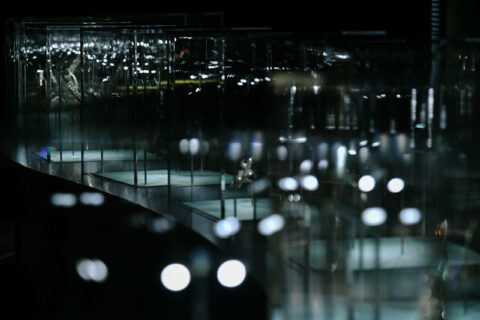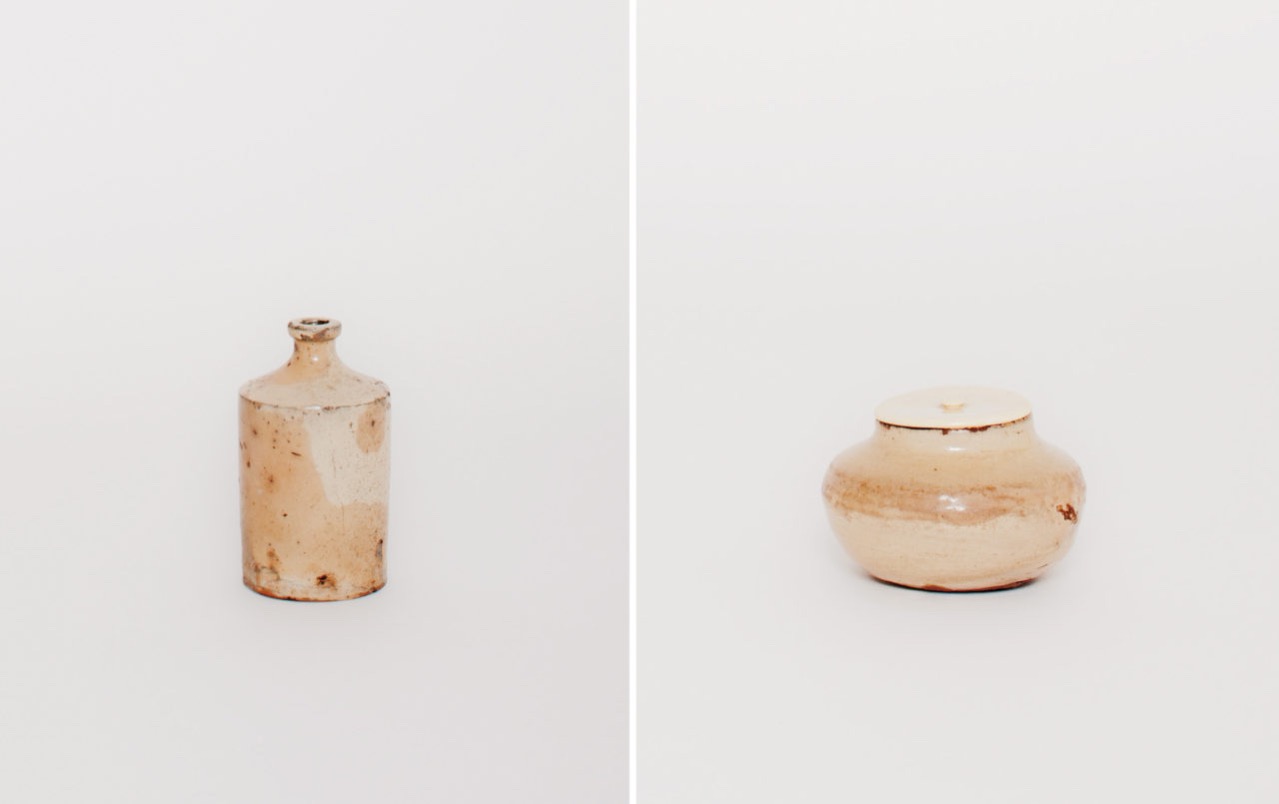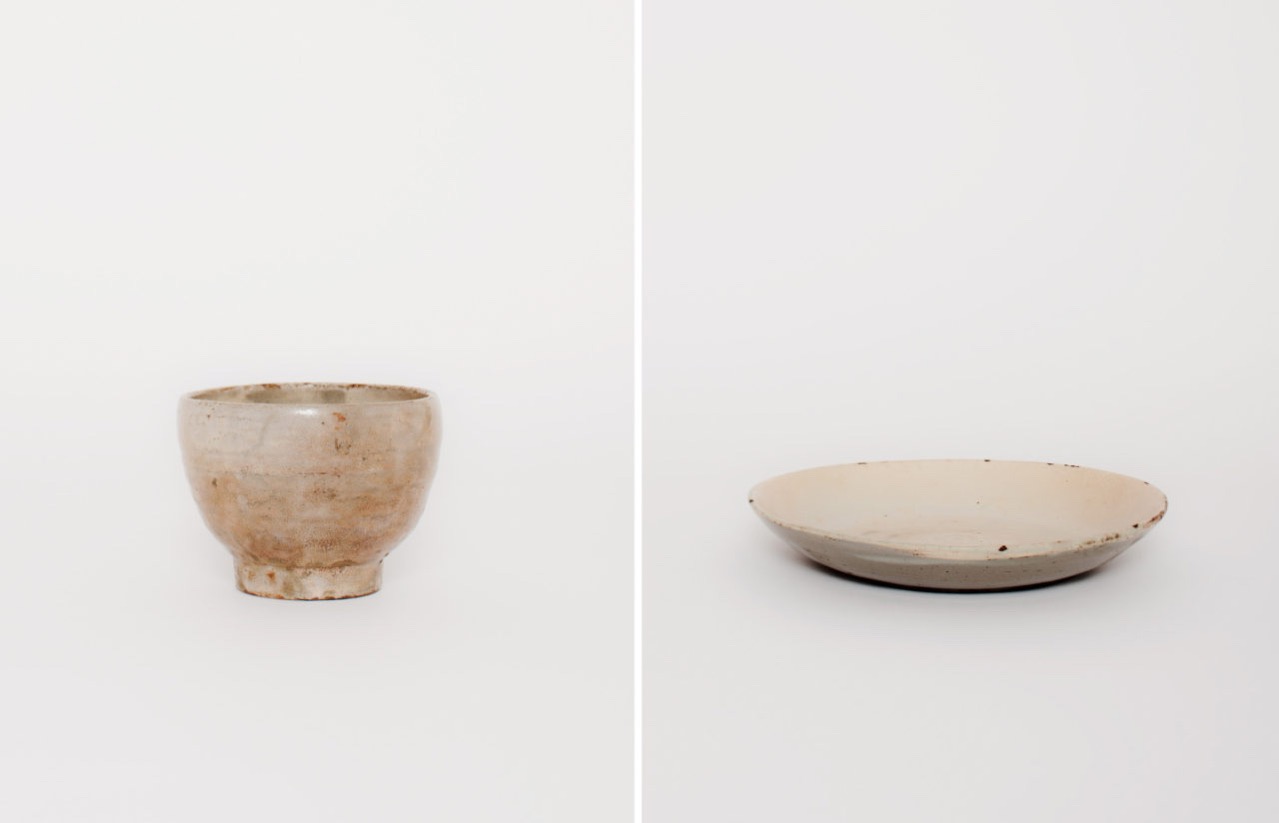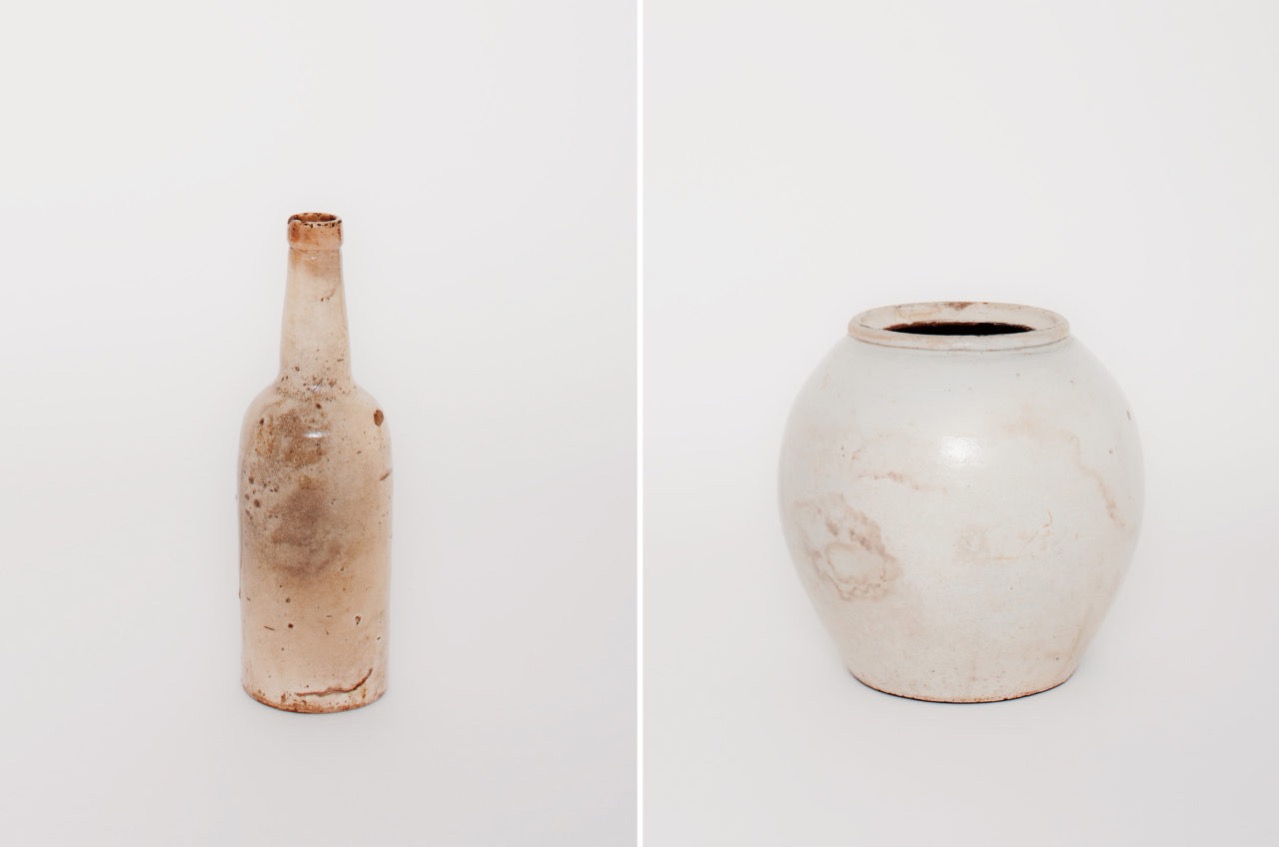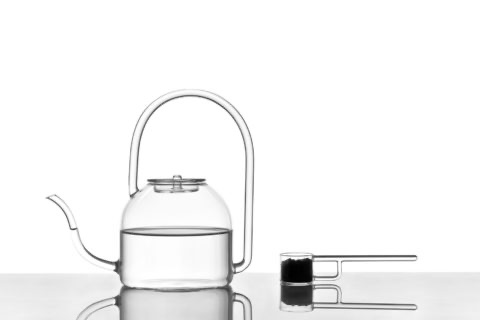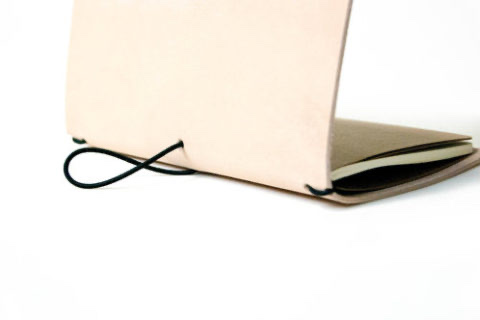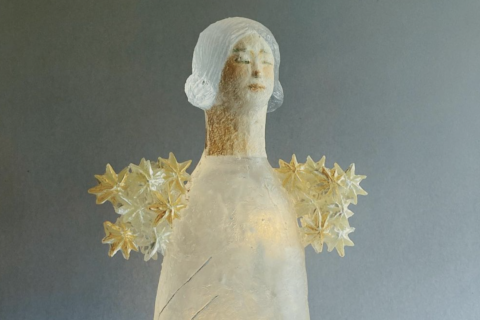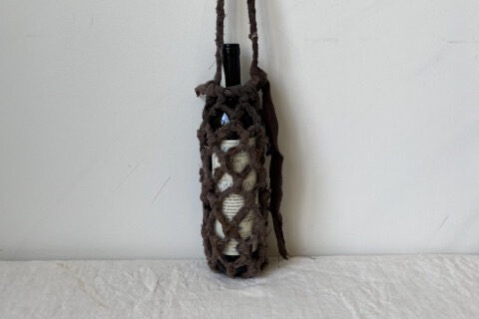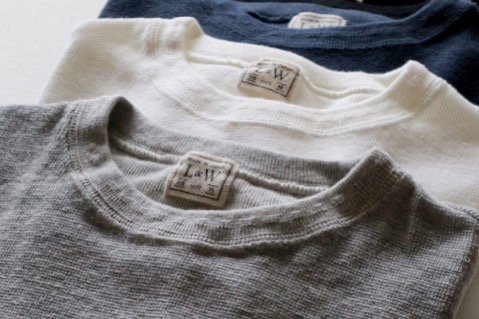「丹波的白絵(音:Shiroe,以技法來劃分的陶製品種類。用白色的黏土塗滿了陶胎,以覆蓋泥土原來偏紅及棕的顏色),色澤柔和而溫暖。除了琉球以外,再找不到比它更溫潤的白了。」民藝運動之父柳宗悅在見到白丹波時,作了這樣的評語。
起源於兵庫縣的丹波燒,歷史可以追溯至平安時代(794年至1192年)的末期,開始時以製作大型的壼及甕、磨豆子及縠物的擂為主。以黏土塑形後,也沒有塗上任何釉藥,但在燒製的過程中,柴變成灰,灑落在陶胎上,灰被燒溶後,就成了天然釉。至江戶末期(1853年至1869年間),當時在兵庫縣立杭一帶,採到了能用來造成白化粧土的白泥土,白丹波因此誕生。
在運輸系統還沒發達的時代,陶瓷器是與產地的風土相連的,當地能採到怎樣的物資,影響了當地能生產出怎樣的器物。立杭裡採出了能作為釉藥的白泥,因此當地才能造出白色的器物。又因為當地的黏土鐵質成份很高,無論掛上多了白釉,燒成後,鐵的棕紅與焦黑還是自白釉下浮現,白丹波因此有著淡泊裡吐著溫火般的表情。
位於日本四日市市的Banko Archive Design Museum將於12月5日起舉辦Tanba’s White Slip展覽,展出逾110件白丹波的古物,全為沒有任何圖案與裝飾的簡樸作品,望觀者能真切感受白丹波的柔和與溫暖。
“The Shiroe used on Tanba (a type of Japanese pottery) has soft and warm color. You can hardly find any pottery beaming with such a gentle glamour of white outside of Ryukyu,” said the Japanese folk craft advocator Yanagi Sōetsu when he made a commentary on such Japanese pottery finished with the Shiroe technique, which uses white clay to cover the natural reddish-brown color of the soil.
Tanba ware is originated from Hyōgo Prefecture back in the late Heian period (794 to 1192). The prefecture formerly specialized in producing big jars and urns, as well as grinders for beans and grains. No glaze is applied after the clay is shaped. During the firing process, the firewood burns down to ashes, which are subsequently scattered on the clay body. A natural layer of glaze is then formed from the melted ashes. Towards the end of the Edo period (1853 to 1869), people in the area of Tachikui in Hyōgo Prefecture started to make use of the white clay to produce pottery. Tanba ware with natural glaze was then invented.
In the time before transportation became readily available, the characteristics of pottery are deeply rooted in its regional terroir and natural conditions. The raw materials sourced is the decisive factor of the kinds of wares being produced. Here in Tachikui, white clay was the local material that also offers the combined quality of natural glaze. So white pottery became a trademark product of the region. In the meantime, the iron content in the clay is very high. So no matter how much white glaze is applied, the underlying brown and black color attributed to the iron is still subtly visible under the white glaze. This delightful contrast rather gives Tanba ware an intriguing look.
From 5th December, the Banko Archive Museum in the city Yokkaichi is hosting an exhibition called Tanba’s White Slip, where over 110 pieces of antique white Tanba wares will be displayed. All pieces are free of patterns and decors. Their rustic qualities will invite viewers to truly experience the gentleness and warmth exuded by the white Tanba wares.
